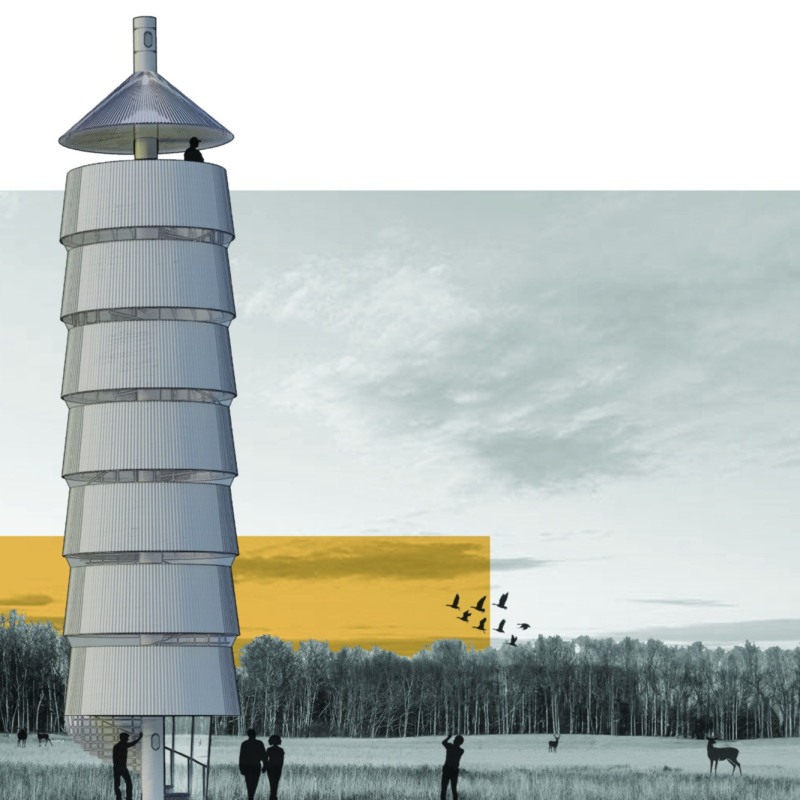5 key facts about this project
At its core, the architecture emphasizes a strong sense of place, responding to the geographical and cultural nuances of its location. The building’s form and spatial organization are thoughtfully crafted to compliment the existing urban fabric while also addressing contemporary architectural ideas. By considering elements such as light, space, and user experience, the design not only serves its intended function but enhances the overall environment.
The architectural design incorporates a variety of materials, each selected for their durability, sustainability, and aesthetic qualities. For instance, the use of exposed concrete provides a robust structural frame that contributes to the architectural language of the project, while large expanses of glass facilitate transparency and connectivity with the outside world. This interplay of materials encourages a dialogue between the interior and the exterior, creating a dynamic and inviting atmosphere. Additionally, the integration of green materials, such as sustainably sourced wood and recycled metals, reflects a commitment to ecological responsibility, emphasizing the importance of environmental considerations in modern architecture.
The unique design approaches adopted in this project include an innovative layout that prioritizes natural light and ventilation. The strategic orientation of the building maximizes sunlight exposure, reducing reliance on artificial lighting and promoting energy efficiency. Furthermore, open-plan spaces create versatile areas that can be adapted to various activities, enhancing the functionality of the design. The careful arrangement of communal areas within the project is particularly noteworthy, as it encourages social interaction and collaboration among users.
Key details within the architecture further reinforce its character and purpose. The incorporation of outdoor spaces, such as terraces and gardens, not only provides areas for relaxation and leisure but also serves as an extension of the interiors. These spaces promote well-being and connection to nature, which is essential in an increasingly urbanized world. Moreover, the careful integration of public art and landscaping enhances the overall aesthetic, contributing to the project’s identity and enriching the community experience.
The project distinguishes itself through its engaging design philosophy that prioritizes human connection and environmental stewardship. The balance of form and function is evident across its architectural plans, sections, and details, demonstrating a commitment to quality and intention in every aspect.
For those interested in exploring the complexity and thoughtfulness behind this design further, a careful examination of the architectural plans and sections will provide deeper insights into the spatial arrangements and design strategies employed throughout the project. Engaging with these elements can offer a richer understanding of how the architecture reflects both its purpose and its context.


























